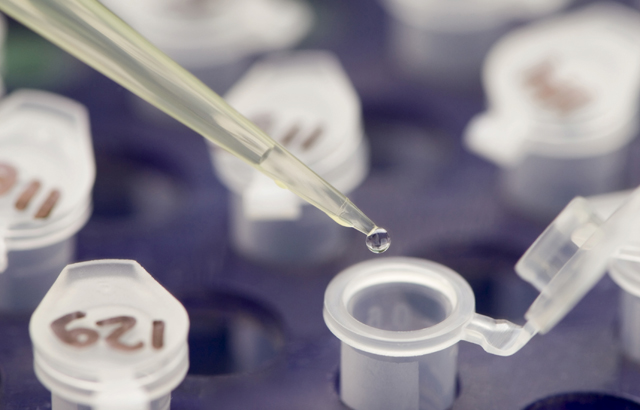Scientists discover link between skin diseases and Sudden Cardiac Death Syndrome
Scientists from Queen Mary University of London (QMUL) who specialise in genetics of the skin are investigating an unlikely link between skin disease and heart disease which will hopefully shed new light on why someone is predisposed to sudden cardiac death syndrome.

The researchers found a link between a skin condition which causes thick and often painful calluses on the palms of hands and soles of feet, called palmoplantar keratoderma (PPK), and an inherited heart condition which causes abnormal heart rhythms, known as Arrhythmogenic Right Ventricular Cardiomyopathy (ARVC).
Each year around 600 apparently healthy people aged 35 or under are victims of sudden cardiac death with no explanation. Often this sudden death is caused by an inherited heart condition, such as ARVC. Up to 64,000 people in the UK could carry a faulty gene for ARVC. If a person carries a faulty gene for ARVC, there is a 50:50 chance they will pass that gene onto their children.
The two conditions are connected by faults in the proteins which compose and regulate the ‘desmosome’, a cell structure that essentially acts as a glue to hold cells together. A fault in the desmosome means both heart and skin cells can begin to pull apart and not communicate properly.
Despite having faults in the same gene for the desmosome, people can have vastly different symptoms. Some have a heart condition, some a skin problem and some can have both. Scientists want to better understand why this happens and why faults in the desmosome can become so dangerous. Further research in this area is to be carried out by QMUL following a grant award of over £1m from the British Heart Foundation.
Professor David Kelsell, who led the research at Queen Mary University of London, comments: “The discovery of desmosomes being important in ARVC actually came, in part, from looking at the skin. So now the plan is to go back to the skin to understand ARVC in more depth. By better understanding the genetic and disease mechanisms, we hope to find new ways to target the heart condition in the form of new treatments.
“With the support of the BHF, we hope that our work in the lab could help to make a real difference for people with this inherited heart condition in the near future.”
Professor Peter Weissberg, Medical Director at the BHF, which is funding the study, said: “Research projects looking at inherited heart conditions like ARVC are urgently needed and this is a superb example of how laboratory scientists can team up with clinical researchers to help patients as soon as possible.
“The stem cell technology that allows these scientists to turn skin cells into heart cells was only discovered in 2006. In less than 10 years it is allowing us to study heart conditions in ways that would have never been possible before. The techniques being used here could provide clues as to the treatments of the future.
“We can only fund research like this because people generously donate their time or money every day across the UK. If we’re to continue funding pioneering research, we need people to keep supporting us in our fight for every heartbeat.”
Professor Kelsell and his QMUL colleague Professor Andy Tinker will be working with clinical colleagues Professor William McKenna and Dr Pier Lambiase at University College London who are screening families with ARVC for known and possible genes that could be causing their condition.
Patients with ARVC who are treated at the Barts Heart Centre, a new cardiovascular centre due to open in 2015 at St. Bartholomew’s Hospital, will be involved in a research programme focusing on a skin biopsy rather than a heart biopsy.
Related items

11 December 2024

5 December 2024

2 December 2024
For media information, contact: